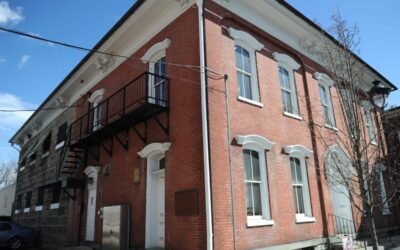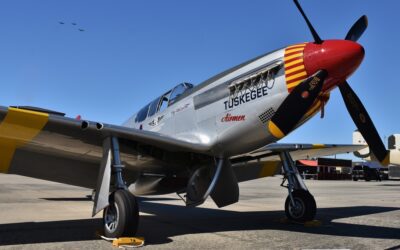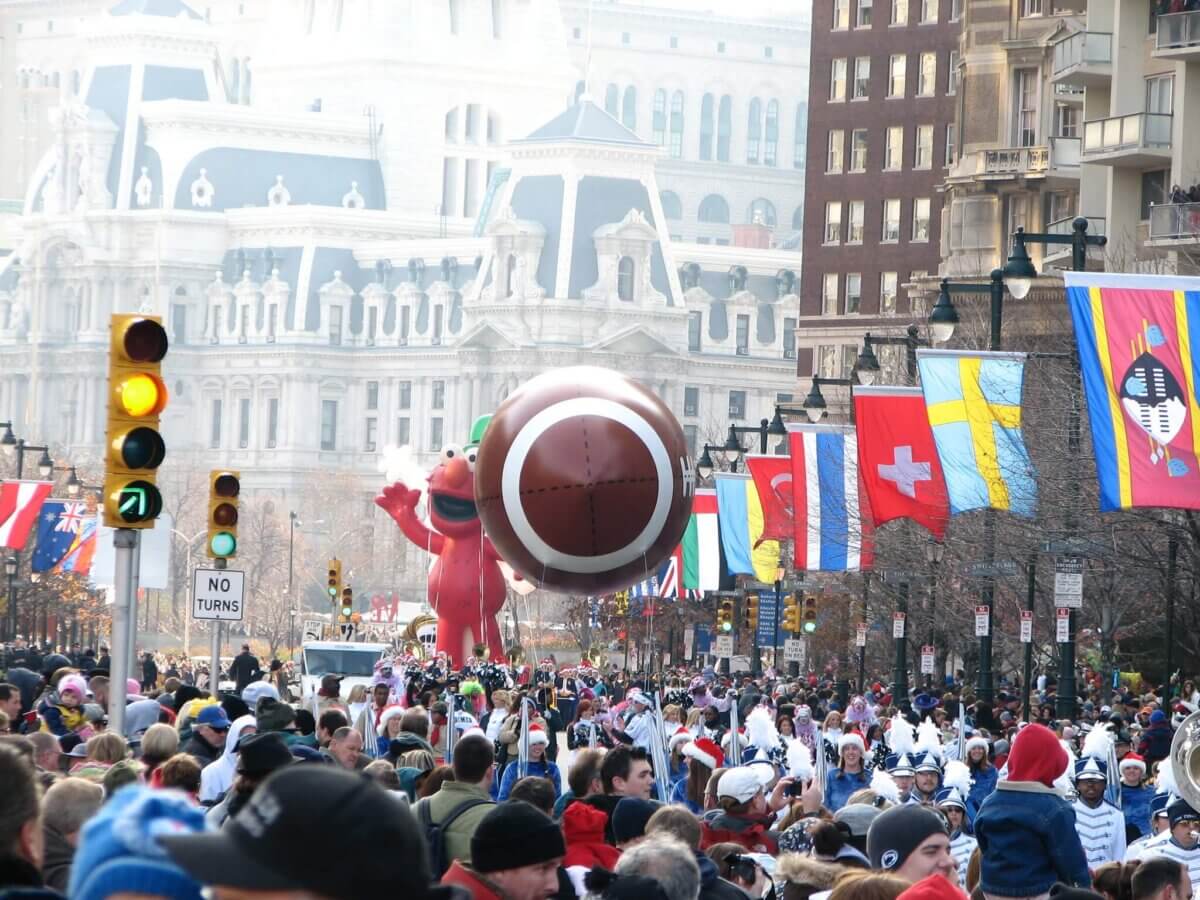
Philly Thanksgiving Day Parade ft. Elmo by chrisinphilly5448 // CC BY-SA 2.0
Win the dinner table conversation Thursday by rattling off these facts about Thanksgiving in the commonwealth.
People all over the world have commemorated “days of thanksgiving” for hundreds of years, usually to celebrate the end of a successful harvest. Yet the popular story of the American Thanksgiving we were told in elementary school isn’t entirely accurate.
The 1621 feast between Wampanoag Native Americans and English settlers may have been a cross-cultural affair, but the stories of camaraderie are undermined by the bloody conflicts and continued colonization that followed. Indeed, on Thanksgiving Day each year, the Wampanoag and other Indigenous peoples recognize a National Day of Mourning in Plymouth, Massachusetts.
While Thanksgiving Day in the United States is tied up in legacies of colonization and stereotypes, disrupting the harmful myths and acknowledging a different narrative is possible. We’ve put together a list of facts about Thanksgiving in Pennsylvania to inform your celebration.
1. The first nationally recognized Thanksgiving was celebrated in Pennsylvania.
Entirely separate from the 1621 feast, the first national call to celebrate a day of thanksgiving came from York County in 1777. The Americans had just given the British a solid defeat at the Battle of Saratoga in the American Revolution. The Second Continental Congress, which was meeting in York (since Philadelphia had been captured), proclaimed a National Day of Thanksgiving to mark the win. This was a religious observance, not the day of revelry we’re used to, as Americans were to refrain from both work and leisure.
2. Days of thanksgiving unrelated to Thanksgiving Day were long celebrated by the Pennsylvania Dutch.
The celebration of “De Ern Karrich,” which means “harvest church,” has long been popular among Dutch communities, where it eventually came to be known as “Harvest Home.” Some Pennsylvania Dutch communities still celebrate Harvest Home today. Indeed, “For many years Pennsylvanians looked on Thanksgiving as just another unwanted Yankee trick, and they refused to celebrate it,” reads a sign at the Kutztown Fairgrounds. Instead, they stuck to Harvest Home for decades, surrounding the church altar with the fruits of the harvest. In the early 20th century, the Pennsylvania Dutch caved to Thanksgiving Day—though sometimes it’s still combined with Harvest Home to this day.
3. Pittsburgh’s first day of thanksgiving, like the first national Thanksgiving, was also because of war.
Pittsburgh and its rivers were a critical chess piece during the French and Indian War in the mid-18th century. In late 1758, the French were occupying Pittsburgh at Fort Duquesne where Pittsburgh’s three rivers meet—a place known as the Point. Before the British could engage the beleaguered French in battle, the latter burned Fort Duquesne and fled. General John Forbes, leading the British army, was so pleased to be greeted with the remains of Fort Duquesne and not a French army that he declared a day of thanksgiving. The feast might have inspired a young George Washington, who would have been in attendance. After he became president, Washington proclaimed a day of thanksgiving (the same day as General Forbes: Nov. 26) in 1789.
4. The first Thanksgiving Day Parade was held in Pennsylvania.
While the Macy’s Thanksgiving Day Parade in New York may get the most viewers, the Philadelphia Thanksgiving Day Parade is the oldest in the U.S. The parade first rolled in 1920 under the sponsorship of the Gimbels department store—Macy’s parade didn’t start its annual march until 1924. Gimbels went out of business in 1987, but the parade remained a Philly fixture, passing to a few different owners over the years. Today, the parade is known as the 6abc Dunkin’ Thanksgiving Day Parade. You can watch the parade on the Benjamin Franklin Parkway early on Thanksgiving Day—or you can stay in your pajamas and view it at 8:30 a.m. Thursday.
5. Apple pie is the preferred Pennsylvania Thanksgiving dessert.
According to a survey by GE Appliances, Pennsylvanians named apple pie as their favorite for the Thanksgiving table. They were joined by New England and the Mid-Atlantic, while some states in the South couldn’t decide between apple pie and pecan pie, and other Southern states picked pecan alone. The rest of the country overwhelmingly chose pumpkin pie. Pennsylvania’s selection makes sense; after all, the state is a major apple producer. In fact, apples are grown in every Pennsylvania county!
6. “Potato filling” is Pennsylvania’s unique Thanksgiving side dish.
This recipe originates with the Pennsylvania Dutch, so it’s not found all across Pennsylvania. But in 2014, Pennsylvanians searched the web for “potato filling” 16 times more frequently than Americans in other states. Essentially, potato filling is like a cross between mashed potatoes and stuffing, browned until golden in the oven. If you’d like to try potato filling this year, it’s easy to do so! Check out a recipe or—with the caveat that this may not be traditional—just mix your mashed potatoes with your stuffing and then pop the dish in the oven.
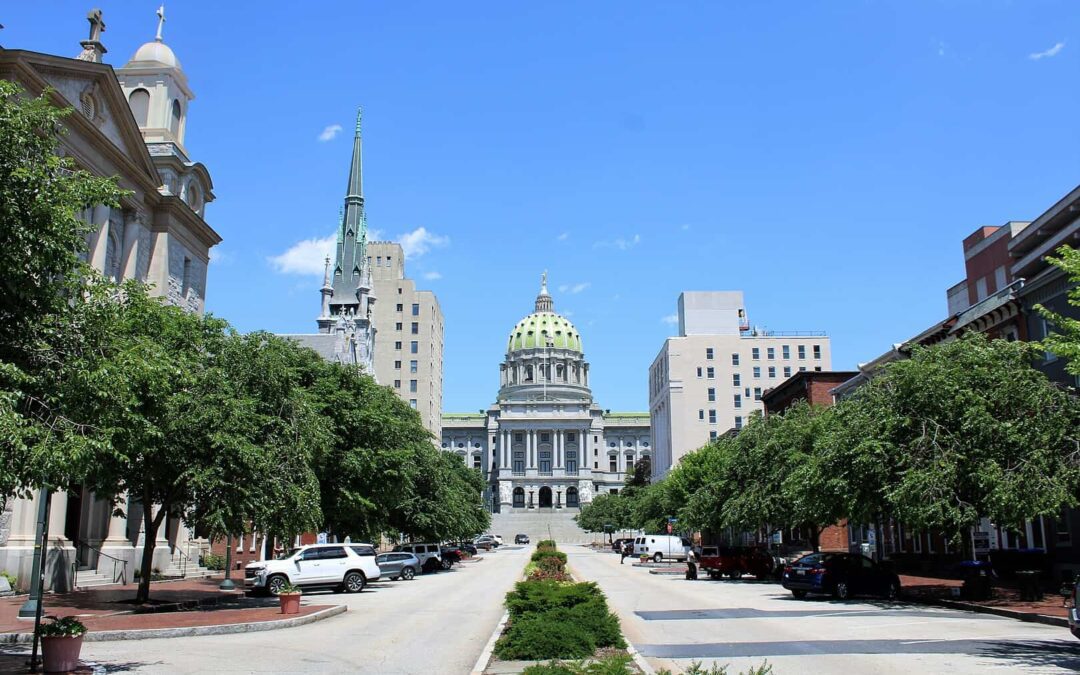
8 fascinating facts about Harrisburg, Pennsylvania’s capital city
These facts about Harrisburg prove the capital city is more than state politics and budget impasses. For a relatively small state capital (it’s the...

Bucks County has a rich ‘haunted’ history. Do you know these local ghost stories?
It's said that Bucks County is a place where you can live your best life—maybe your best afterlife, too. The rich history here includes the first...

Did you know Philadelphia has 11 sister cities?
As part of an effort to promote international understanding, Philadelphia has 11 sister cities in 10 countries. Here's a bit about each one. A...

Taylor Swift’s ‘The Life of a Showgirl’ is out now. Here’s what to know
Lights, camera, action. Taylor Swift's 12th studio album, “The Life of a Showgirl,” has arrived. Are you ready for it? Swift announced her latest...
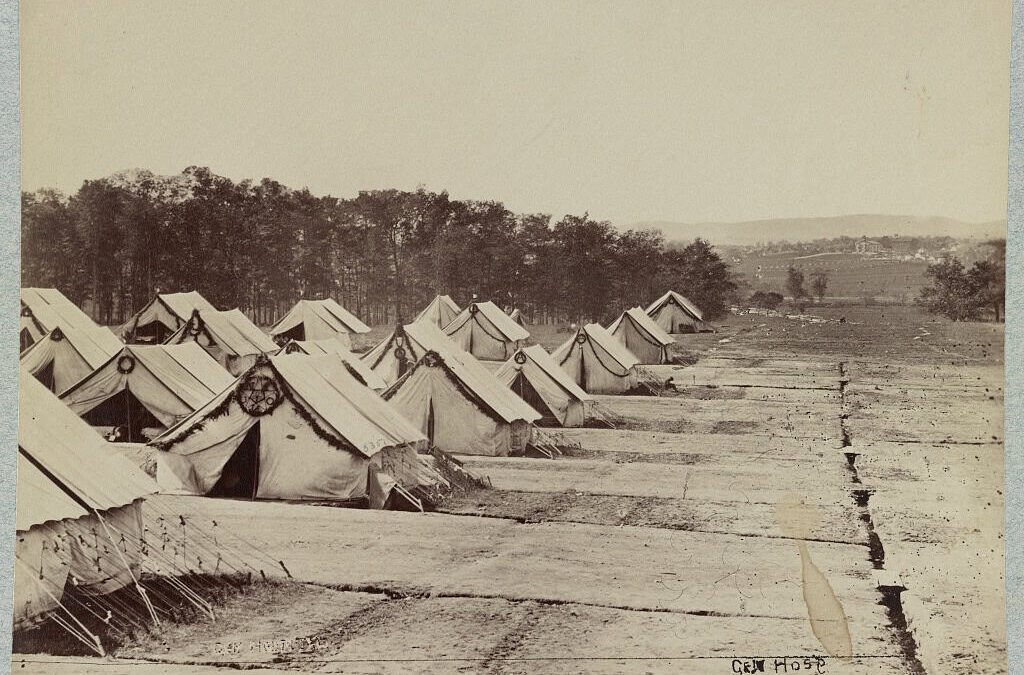
11 creepy facts about Pennsylvania that textbooks leave out
You may not have learned these unsettling facts about Pennsylvania in school. Textbooks, of course, celebrate Pennsylvania’s role in American...



